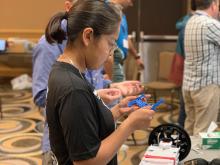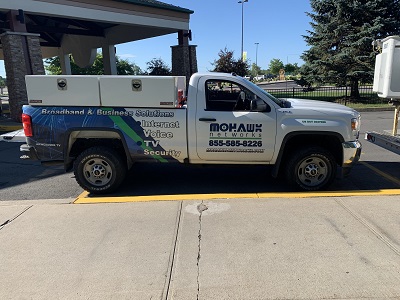Central Virginia Electric Cooperative Brings Fiber To 20K Virginians In 52 Months
Five years ago, the Central Virginia Electric Cooperative (CVEC) announced the creation of the Firefly Broadband initiative, a subsidiary specifically built to leverage the co-op’s existing electrical assets to deliver affordable fiber to 13 underserved Virginia counties.
Half a decade later, the coop says it has successfully completed its $150 million expansion project, deployed 3,600 miles of new fiber, passed 40,000 total homes and businesses, and directly connected 20,000 state residents–many for the first time ever–in less than 52 months.
“Central Virginia Electric Cooperative partnered with Conexon to perform a feasibility study for a fiber build across their entire service territory – 13 counties and 3600 miles,” CVEC VP of Communications Melissa Gay told ILSR. “Once the target costs, offerings and take rates were determined, we chose to race to secure supplies and labor. Finding great partners has been a tremendous help to the success of our project.”

Buoyed by numerous grants including a $28 million combination loan and grant from the USDA's ReConnect Program, Firefly now provides local residents symmetrical 100 Mbps (megabits per second) fiber for $50 a month, and symmetrical 1 Gbps (gigabit per second) service for $80 a month. There are no contracts and no data caps.
About 90 percent of households connected had no broadband access previously, according to Bruce Maurhoff, Firefly’s senior vice president and chief operating officer.




